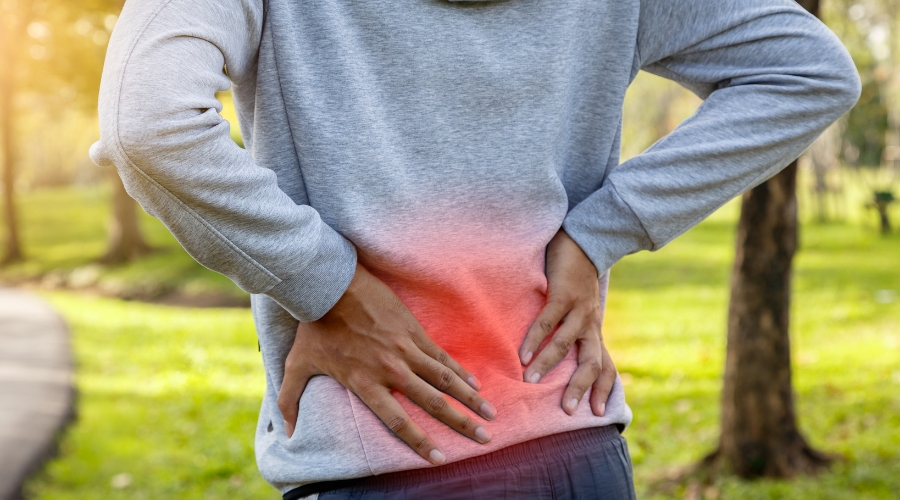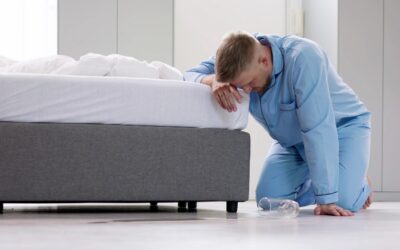Most people will experience some form of lower back pain in their lives. About 97% of back pain is caused by a mechanical issue and will get better quickly. But other potential causes must be considered early on, because many of these require very specific nonsurgical or surgical treatment. Careful, early attention to obtain the correct diagnosis will maximize the success of the treatment chosen for the individual patient.
When back pain is associated with fever, loss of leg sensation or strength or difficulty with urination, quick medical attention is required. In cases where back pain is related to a mechanical problem, patients can exercise and learn lifting and movement techniques for prevention of future episodes.
Multiple pain management procedures such as epidural steroid injection are available, and a number of types of surgical procedures are available for people where conservative measures are not effective.
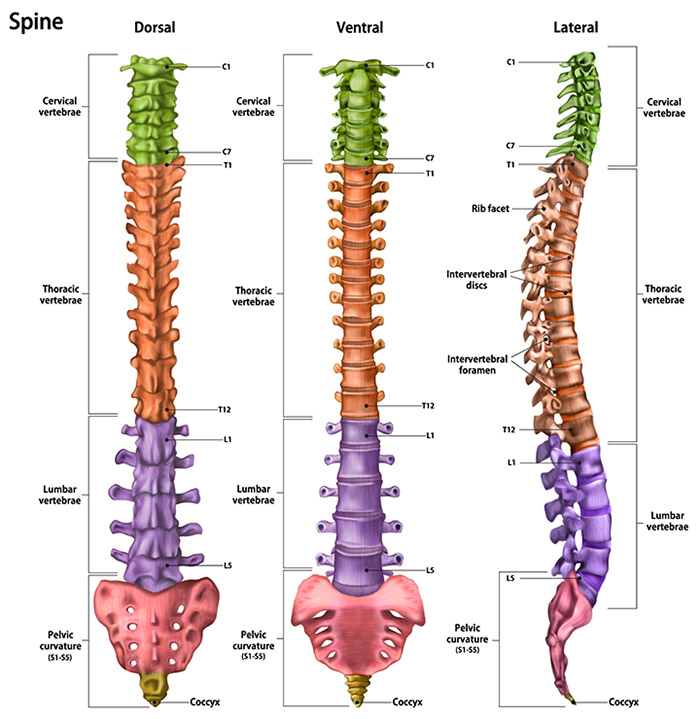
How common is lower back pain?
Two out of every three adults suffer from low back pain at some time. Back pain is the #2 reason adults visit a doctor and the #1 reason for orthopedic visits. It keeps people home from work and interferes with routine daily activities, recreation, and exercise. The good news is that for 9 out of 10 patients with low back pain, the pain is acute, meaning it is short-term and goes away within a few days or weeks. There are cases of low back pain, however, that take much longer to improve, and some that need evaluation for a possible cause other than muscle strain or arthritis.
Symptoms may range from muscle ache to shooting or stabbing pain, limited flexibility and/or range of motion, or an inability to stand straight.
What structures make up the back?
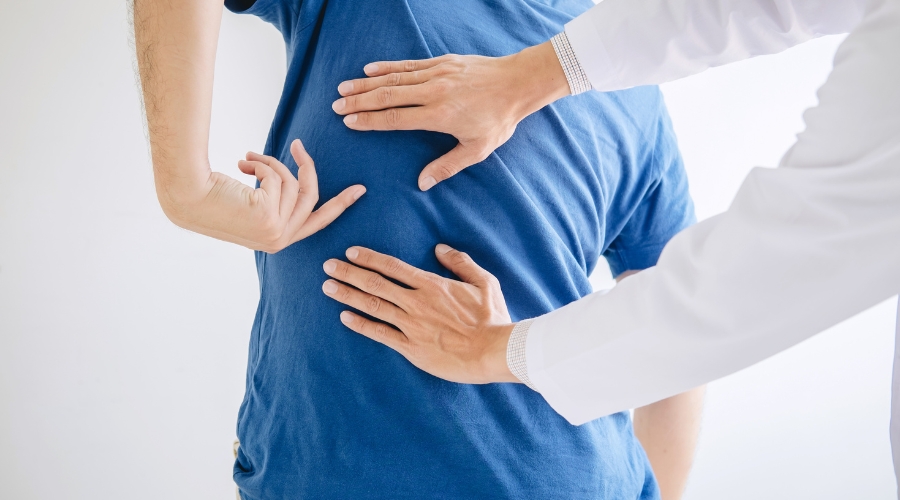
lower back pain treatment in Rosharon TX
The back is an intricate structure of bones, muscles, and other tissues that form the back, or posterior part of the body’s trunk, from the neck to the pelvis. At the center is the spinal column, which not only supports the upper body’s weight but houses and protects the spinal cord – the delicate nervous system structure that carries signals that control the body’s movements and convey its sensations. Stacked on top of one another are about 30 bones – the vertebrae – that form the spinal column, also known as the spine. Each of these bones contains a roundish hole that, when stacked in line with all the others, creates a channel that surrounds the spinal cord. The spinal cord descends from the base of the brain and extends (in the adult) to just below the rib cage.1
Vertebrae are bones that form the spinal column. Small nerves (“roots”) enter and exit from the spinal cord through spaces between these vertebrae. Because the bones of the spinal column continue growing long after the spinal cord reaches its full length in early childhood, the nerve roots to the lower back and legs extend many inches down the spinal column before exiting. This large bundle of nerve roots is referred to as the cauda equina (horse’s tail). The spaces between the vertebrae are maintained by round, spongy pads of cartilage called intervertebral discs. They allow for flexibility in the lower back and act as shock absorbers throughout the spinal column to cushion the bones as the body moves. Ligaments and tendons hold the vertebrae in place and attach the muscles to the spinal column.2
Starting at the top, the spine has four vertebral regions:
- Seven cervical or neck vertebrae (labeled C1-C7)
- Twelve thoracic or upper back vertebrae (labeled T1-T12)
- Five lumbar vertebrae (labeled L1-L5), known as the lower back
- The sacrum and coccyx, a group of bones fused together at the base of the spine.
How common is lower back pain?
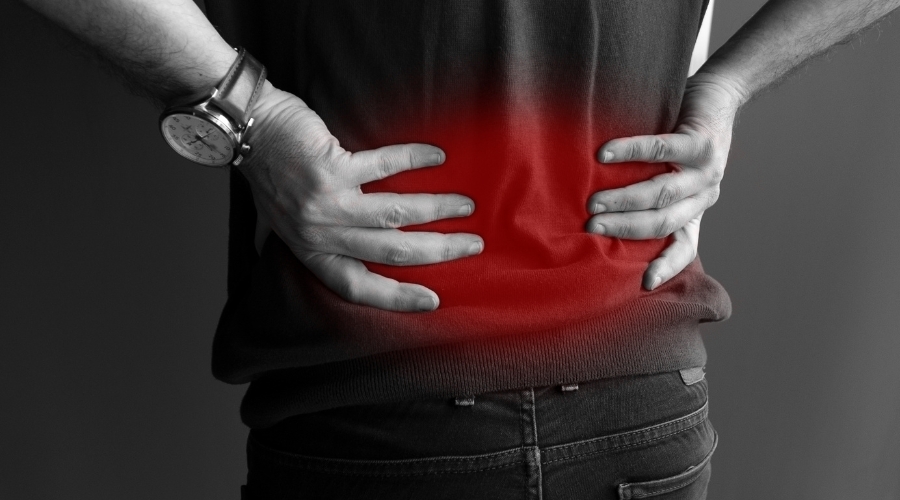
Effective Lower Back Pain Relief | CarePrime Clinic
Two out of every three adults suffer from low back pain at some time. Back pain is the #2 reason adults visit a doctor and the #1 reason for orthopedic visits. It keeps people home from work and interferes with routine daily activities, recreation, and exercise. The good news is that for 9 out of 10 patients with low back pain, the pain is acute, meaning it is short-term and goes away within a few days or weeks. There are cases of low back pain, however, that take much longer to improve, and some that need evaluation for a possible cause other than muscle strain or arthritis.
Symptoms may range from muscle ache to shooting or stabbing pain, limited flexibility and/or range of motion, or an inability to stand straight.
What structures make up the back?
The back is an intricate structure of bones, muscles, and other tissues that form the back, or posterior part of the body’s trunk, from the neck to the pelvis. At the center is the spinal column, which not only supports the upper body’s weight but houses and protects the spinal cord – the delicate nervous system structure that carries signals that control the body’s movements and convey its sensations. Stacked on top of one another are about 30 bones – the vertebrae – that form the spinal column, also known as the spine. Each of these bones contains a roundish hole that, when stacked in line with all the others, creates a channel that surrounds the spinal cord. The spinal cord descends from the base of the brain and extends (in the adult) to just below the rib cage.1
Vertebrae are bones that form the spinal column. Small nerves (“roots”) enter and exit from the spinal cord through spaces between these vertebrae. Because the bones of the spinal column continue growing long after the spinal cord reaches its full length in early childhood, the nerve roots to the lower back and legs extend many inches down the spinal column before exiting. This large bundle of nerve roots is referred to as the cauda equina (horse’s tail). The spaces between the vertebrae are maintained by round, spongy pads of cartilage called intervertebral discs. They allow for flexibility in the lower back and act as shock absorbers throughout the spinal column to cushion the bones as the body moves. Ligaments and tendons hold the vertebrae in place and attach the muscles to the spinal column.2
Starting at the top, the spine has four vertebral regions:
- Seven cervical or neck vertebrae (labeled C1-C7)
- Twelve thoracic or upper back vertebrae (labeled T1-T12)
- Five lumbar vertebrae (labeled L1-L5), known as the lower back
- The sacrum and coccyx, a group of bones fused together at the base of the spine.
Don’t let lower back pain disrupt your daily life. At CarePrime Clinic, we provide expert care, advanced treatments, and personalized solutions to help you find lasting relief. Whether your pain is mild or severe, our team is here to support your journey to a healthier, pain-free life. Schedule your appointment today and take the first step toward better back health!

